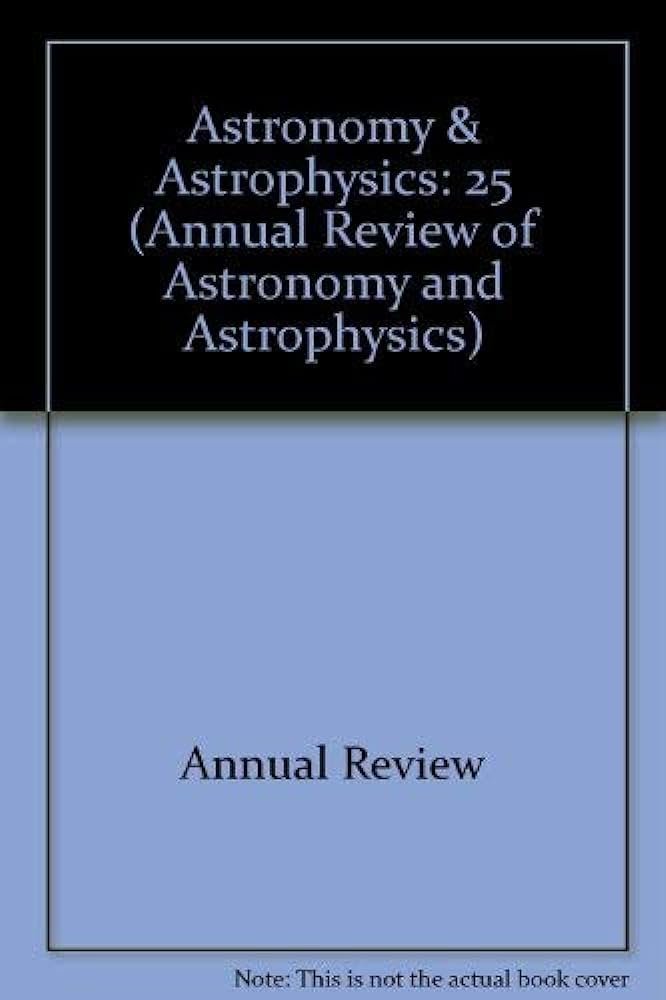最明亮的超新星
IF 32.5
1区 物理与天体物理
Q1 ASTRONOMY & ASTROPHYSICS
Annual Review of Astronomy and Astrophysics
Pub Date : 2018-11-28
DOI:10.1146/annurev-astro-081817-051819
引用次数: 105
摘要
十多年前,已经发现了一组超新星爆炸,其峰值亮度远远超过(通常是正常事件的100倍以上)。这些超亮超新星(SLSNe)一直是深入研究的焦点。我回顾了累积的观测结果,并讨论了这些极端爆炸对物理学的影响。▪ SLSNe可分为贫氢(SLSNe-I)和富氢(SLSNe-II)事件。▪ 结合对附近SLSNe-I和较低光度事件样本的光度和光谱分析,峰值处的阈值[公式:见正文]mag似乎将SLSNe-I与正常总体分离。▪ SLSN-I光曲线可能相当复杂,既有早期的起伏,也有后期的峰后起伏。▪ SLSNe-I在光谱上从具有蓝色连续体和弱吸收线的早期热光球相,经过类似于SNe-Ic光谱的冷光球相演化到晚期星云相。▪ SLSNe II没有得到很好的研究,缺乏基于大样本研究的信息。SLSN电源的拟议模型难以解释所有观测结果。SLSNe产生于大质量的祖先,一些事件与大质量恒星有关([公式:见正文]M[公式:参见正文])。在附近的宇宙中,SLSNe的宿主星系往往具有低质量和亚极金属性。SLSNe是罕见的,其发生率低于普通超新星的100倍。SLSN宇宙学及其作为信标研究高红移宇宙提供了令人兴奋的前景。本文章由计算机程序翻译,如有差异,请以英文原文为准。
The Most Luminous Supernovae
Over a decade ago, a group of supernova explosions with peak luminosities far exceeding (often by >100 times) those of normal events has been identified. These superluminous supernovae (SLSNe) have been a focus of intensive study. I review the accumulated observations and discuss the implications for the physics of these extreme explosions. ▪ SLSNe can be classified into hydrogen-poor (SLSNe-I) and hydrogen-rich (SLSNe-II) events. ▪ Combining photometric and spectroscopic analysis of samples of nearby SLSNe-I and lower-luminosity events, a threshold of [Formula: see text] mag at peak appears to separate SLSNe-I from the normal population. ▪ SLSN-I light curves can be quite complex, presenting both early bumps and late postpeak undulations. ▪ SLSNe-I spectroscopically evolve from an early hot photospheric phase with a blue continuum and weak absorption lines, through a cool photospheric phase resembling spectra of SNe Ic, and into the late nebular phase. ▪ SLSNe-II are not nearly as well studied, lacking information based on large-sample studies. Proposed models for the SLSN power source are challenged to explain all the observations. SLSNe arise from massive progenitors, with some events associated with very massive stars ([Formula: see text] M[Formula: see text]). Host galaxies of SLSNe in the nearby Universe tend to have low mass and subsolar metallicity. SLSNe are rare, with rates <100 times lower than ordinary supernovae. SLSN cosmology and their use as beacons to study the high-redshift Universe offer exciting prospects.
求助全文
通过发布文献求助,成功后即可免费获取论文全文。
去求助
来源期刊

Annual Review of Astronomy and Astrophysics
地学天文-天文与天体物理
CiteScore
54.80
自引率
0.60%
发文量
14
期刊介绍:
The Annual Review of Astronomy and Astrophysics is covers significant developments in the field of astronomy and astrophysics including:The Sun,Solar system and extrasolar planets,Stars,Interstellar medium,Galaxy and galaxies,Active galactic nuclei,Cosmology,Instrumentation and techniques,
History of the development of new areas of research.
 求助内容:
求助内容: 应助结果提醒方式:
应助结果提醒方式:


